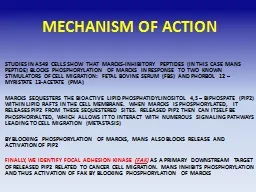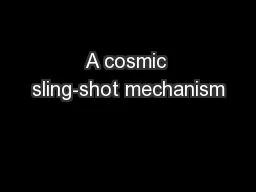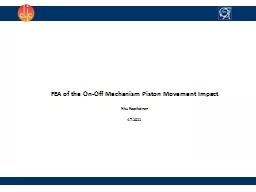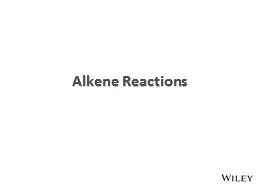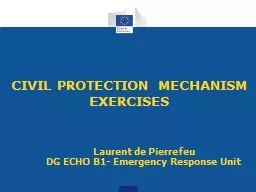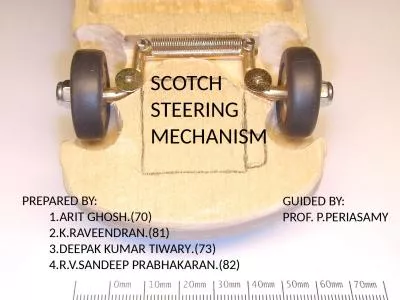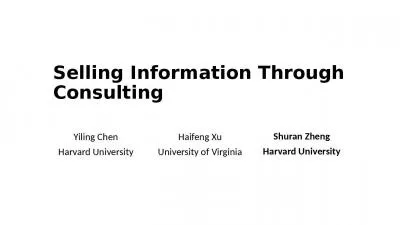PPT-MECHANISM OF ACTION
Author : jane-oiler | Published Date : 2017-09-07
STUDIES IN A549 CELLS SHOW THAT MARCKSINHIBITORY PEPTIDES IN THIS CASE MANS PEPTIDE BLOCKS PHOSPHORYLATION OF MARCKS IN RESPONSE TO TWO KNOWN STIMULATORS OF CELL
Presentation Embed Code
Download Presentation
Download Presentation The PPT/PDF document "MECHANISM OF ACTION" is the property of its rightful owner. Permission is granted to download and print the materials on this website for personal, non-commercial use only, and to display it on your personal computer provided you do not modify the materials and that you retain all copyright notices contained in the materials. By downloading content from our website, you accept the terms of this agreement.
MECHANISM OF ACTION: Transcript
Download Rules Of Document
"MECHANISM OF ACTION"The content belongs to its owner. You may download and print it for personal use, without modification, and keep all copyright notices. By downloading, you agree to these terms.
Related Documents

